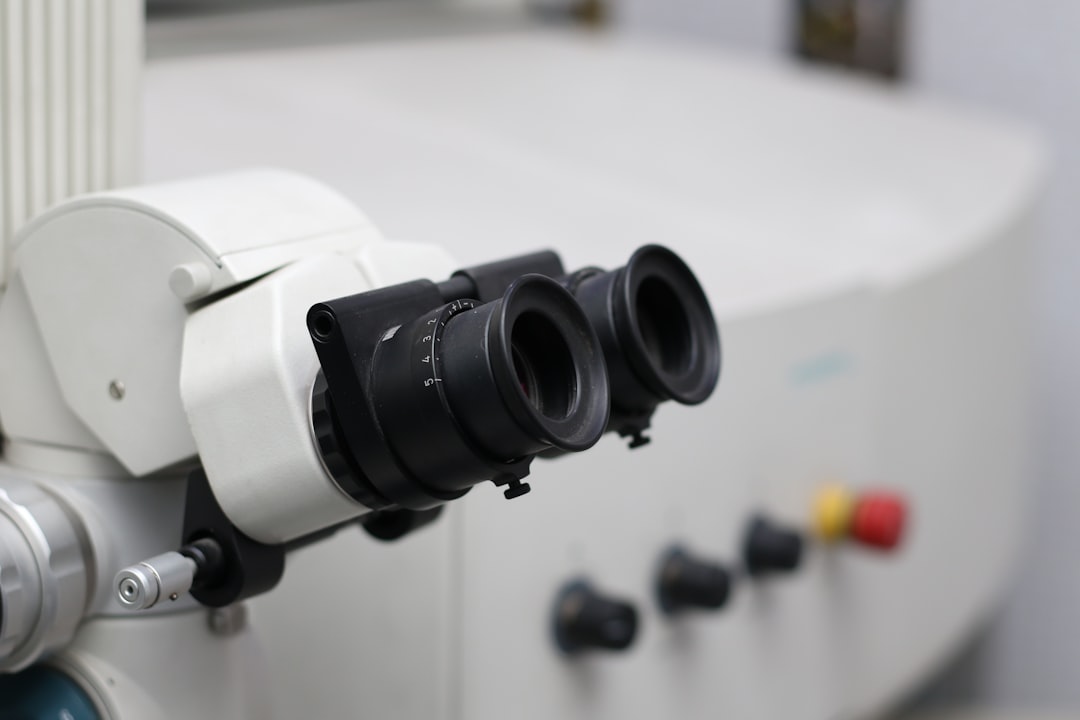What is it about?
The endogenous circadian rhythms are part of the predictive homeostasis, which allows organisms to adapt to environmental changes. Periodic factors, such as light/dark, sleep/wake, food ingestion, rest/activity cycles, and social cues, synchronize the circadian rhythms In mammals, the adult circadian oscillators are synchronized by the suprachiasmatic nucleus (SCN), known as the “master” clock. We evaluated the postnatal ontogeny of daily variation of clock gene(Clock/Bmal1/Per1/Per2/Per3/Cry1/Cry2/Rorα/Rev-Erbα) in rat adrenals and its relationship with the emergence of plasma corticosterone rhythm.Our original data demonstrated a progressive postnatal maturation of the circadian variation of the adrenal clock genes in synchrony with the development of the corticosterone circadian rhythm in rats.
Featured Image
Read the Original
This page is a summary of: Postnatal Ontogeny of the Circadian Expression of the Adrenal Clock Genes and Corticosterone Rhythm in Male Rats, Endocrinology, January 2017, Endocrine Society,
DOI: 10.1210/en.2016-1782.
You can read the full text:
Contributors
The following have contributed to this page










